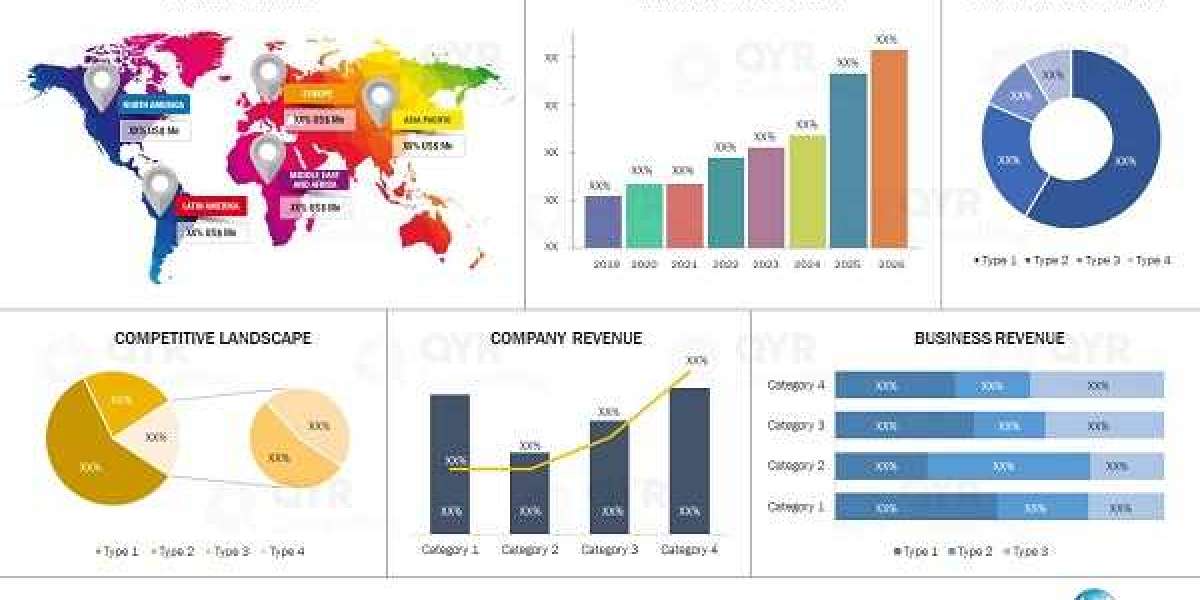The narcotics scanner market is a vital segment of global security infrastructure, driven by increasing concerns over drug trafficking, terrorism, and contraband smuggling. These scanners are used across airports, seaports, border crossings, correctional facilities, and corporate security to detect and prevent the illegal movement of narcotics. Technological innovations, coupled with rising government funding for security enhancement, are reshaping the market landscape.
The global narcotics scanner market was valued at USD 7 billion in 2023 and grew at a CAGR of 7% from 2024 to 2033. The market is expected to reach USD 13.77 billion by 2033.
Key Drivers
Escalating Drug Trafficking Activities: Growing global production and trade of illegal drugs is compelling authorities to deploy advanced scanning systems.
Increased Security Measures at Transportation Hubs: Airports, ports, and public transportation systems are boosting investments in narcotics detection to ensure passenger and cargo safety.
Technological Advancements: Innovations in spectrometry, X-ray imaging, trace detection, and machine learning are improving the sensitivity and accuracy of narcotics scanners.
Government Funding and Initiatives: Higher budget allocations for homeland security, anti-drug campaigns, and border protection initiatives are boosting demand.
Need for Rapid and Non-Invasive Detection: Industries seek faster, contactless scanning technologies that minimize disruption while maximizing security.
Key Market Restraints
High Costs of Advanced Scanners: Acquisition and maintenance costs of high-end narcotics detection systems can be prohibitive for smaller agencies and developing countries.
Complex Operational Requirements: Some systems require specialized operator training and maintenance, posing challenges for rapid deployment.
False Positives and Detection Limitations: Even with advancements, accuracy challenges persist, especially for new synthetic drugs and concealed contraband.
Privacy and Legal Concerns: Scanning technologies, especially in public spaces, must comply with privacy laws and human rights standards.
Regional Insights
North America: Leads the market, driven by significant federal investment in border and airport security (especially in the U.S. and Canada).
Europe: Strong market due to collaborative security measures among EU nations, with airports and customs agencies deploying advanced scanners.
Asia-Pacific: Fastest-growing region, fueled by increasing drug trafficking routes, expanding airport infrastructure, and growing government spending in China, India, and Southeast Asia.
Latin America: Emerging market, particularly in countries grappling with narco-trafficking (e.g., Colombia, Mexico, Brazil).
Middle East Africa: Gradual growth as governments invest in port security and border control amid increasing smuggling activities.
Challenges and Opportunities
Challenges
Ensuring high detection accuracy for an evolving range of narcotics, including designer drugs and synthetic opioids.
Managing operational costs, especially in low-resource settings.
Balancing security needs with privacy and legal considerations in public scanning.
Opportunities
Development of portable, handheld, and low-cost narcotics scanners for flexible field operations.
AI and big data integration to enhance predictive threat analysis and reduce false positives.
Expansion into private sector applications like logistics, event security, and private transportation.
Growth of rental/leasing options to make high-end technologies more accessible.
Key Trends
Handheld and Portable Scanners: Increasing demand for lightweight, mobile devices for quick, in-field narcotics detection.
AI and Machine Learning: Enhanced identification of complex compounds and predictive analytics to preempt smuggling patterns.
Multi-Detection Capabilities: Systems combining narcotics detection with explosives and chemical threat identification.
Contactless and Remote Screening: Technologies focusing on non-invasive, stand-off scanning solutions.
Eco-friendly and Energy-efficient Devices: New designs focused on reducing energy consumption and environmental impact.
Key Players
Smiths Detection
OSI Systems, Inc. (Rapiscan Systems)
FLIR Systems (Teledyne FLIR)
Bruker Corporation
Thermo Fisher Scientific
DetectaChem
NUCTECH Company Limited
Viken Detection
Autoclear LLC
Scintrex Trace Corp.
Request to Download Sample Research Report- https://www.thebrainyinsights.com/enquiry/sample-request/14260
Conclusion
The narcotics scanner market is set for robust growth, fueled by rising global security concerns, technological advancements, and increased government support. While challenges related to costs, detection accuracy, and privacy must be addressed, the development of AI-driven, portable, and multi-functional scanners presents significant opportunities. Companies that innovate in accuracy, speed, and user-friendliness will be well-positioned to capitalize on the expanding demand across public and private sectors.
https://pando.life/article/1110737
http://ofbiz.116.s1.nabble.com/Cassava-Bags-Market-Trends-Business-Opportunities-Future-Demand-and-Forecast-td4847283.html
https://elovebook.com/read-blog/19582
https://penposh.com/blogs/403914/Cassava-Bags-Market-Business-Development-Size-Share-and-Opportunities
https://logcla.com/blogs/582115/Cassava-Bags-Market-Growth-Factors-Business-Developments-and-Competitive-Landscape











